Bleed Procedure
Tools Required
| • | J 43485 Power
Steering Bleeder Adapter |
| • | Bleed the steering system for the following reasons: |
| - | Fluid line disconnected |
| - | Steering system noise occurs |
| - | Prevention of pump damage |
| - | Proper system operation |
| | Important: Use clean, new power steering fluid type only.
|
| • | See the Maintenance Lubrication subsection for fluid specifications. |
| • |
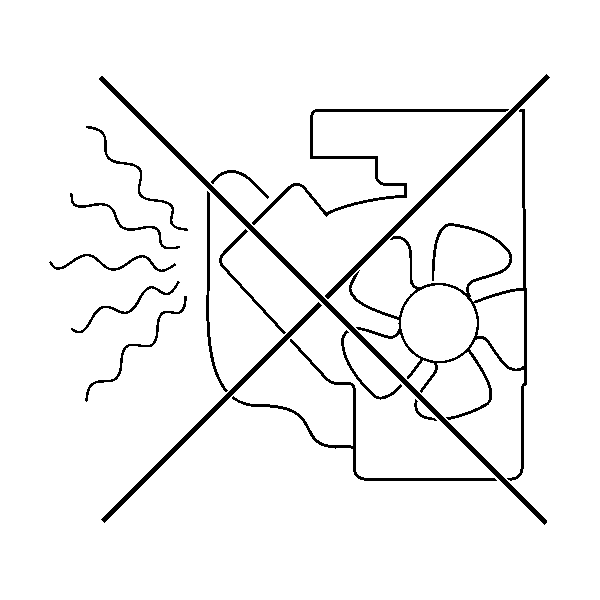
Important: Hoses touching the frame, body or engine can cause system noise.
The hoses must not touch any other part of the vehicle. |
| • |
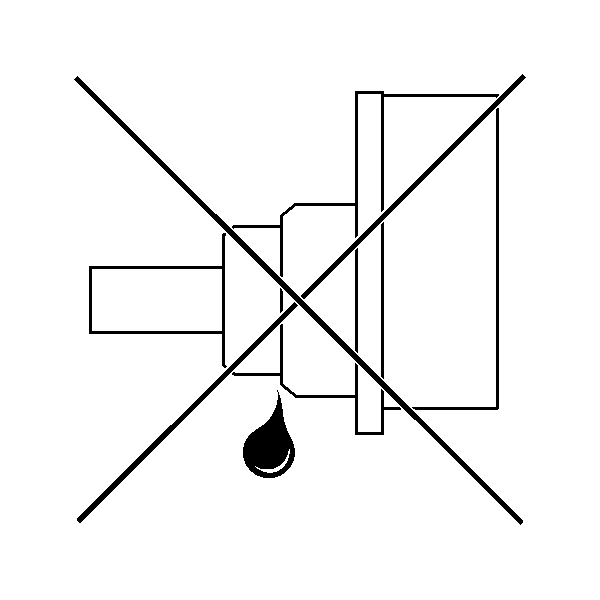
Important: Loose connections may not leak, but could allow air into the steering
system.
Verify that all hose connections are tight. |
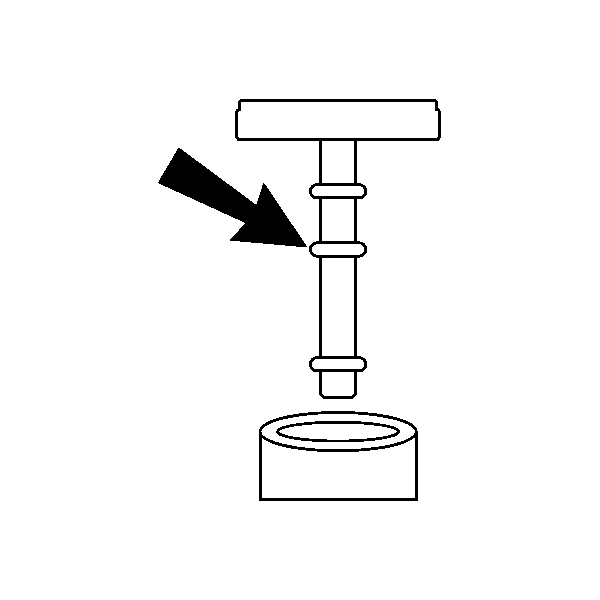
Important: Maintain the fluid level throughout the bleed procedure.
- Remove the pump reservoir cap.
- Fill the pump reservoir with fluid to the "FULL COLD"
level.
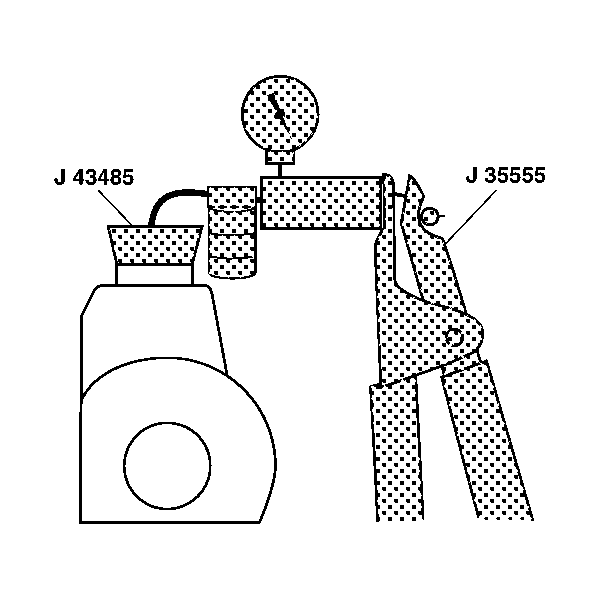
- Attach J 43485
to J 35555
or equivalent.
- Place J 43485
on
the pump reservoir filler neck.
- Apply a vacuum of 20 Hg maximum.
- Wait 5 minutes. Typical vacuum drop is 2-3 in Hg.
If the vacuum does not remain steady, see Special Conditions at the end of
this procedure.
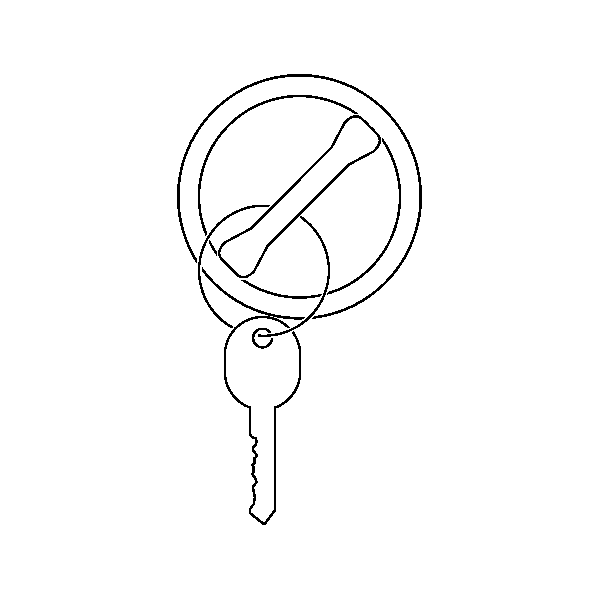
- Reinstall the pump reservoir
cap.
- Start the engine. Allow the engine to idle.
- Turn off the engine.
- Verify the fluid level. Repeat steps 8 through 10 until fluid
stabilizes.
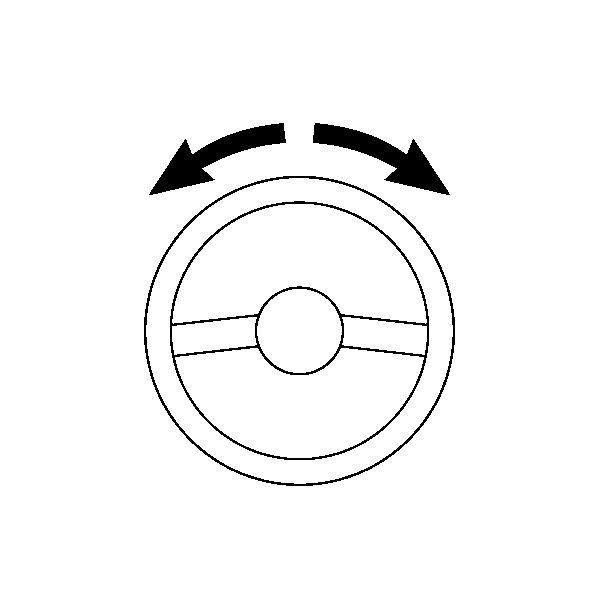
- Start the engine. Allow
the engine to idle.
Important: Do not turn steering wheel to lock.
- Turn the steering wheel 180-360 degrees in both directions
5 times.
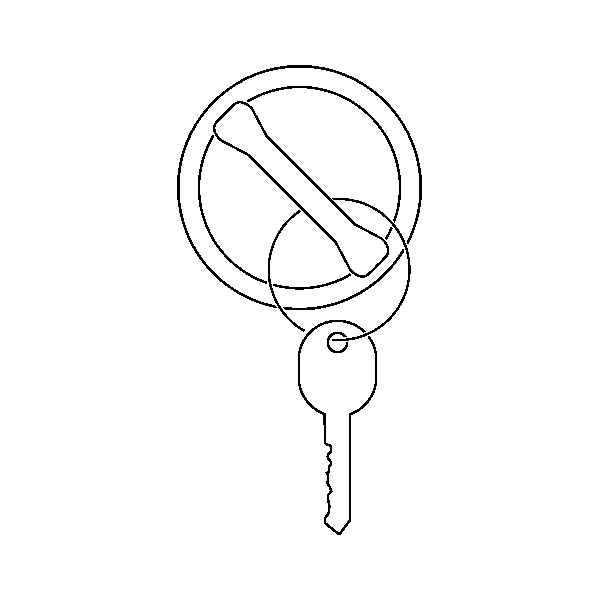
- Switch the ignition off.
- Verify the fluid level.

- Remove the pump reservoir
cap.

- Attach J 43485
to J 35555
or equivalent.
- Place J 43485
on
the pump reservoir filler neck.
- Apply a vacuum of 20 Hg maximum.
- Wait 5 minutes.
- Verify the fluid level.
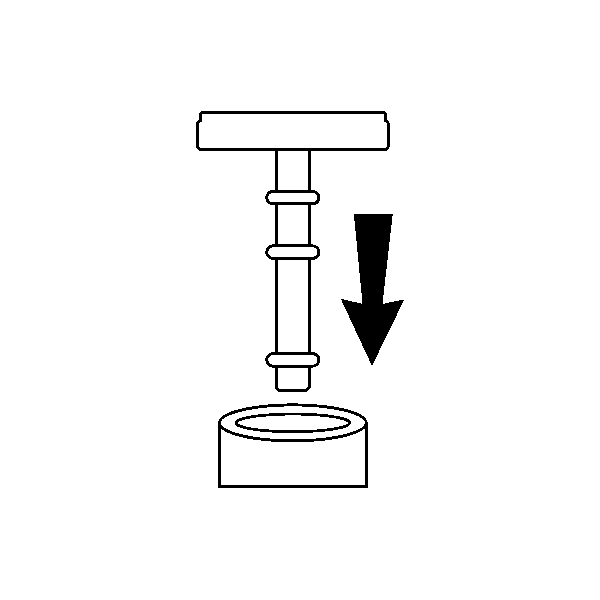
- Reinstall the pump reservoir
cap.
Special Conditions Procedure
Tools Required
| • | J 43485 Power
Steering Bleed Adapter |

- If the vacuum continues
to drop, remove the pressure and return hose from the pump.
- Install the plugs (1,2) supplied with J 43485
into the pressure and
return port.

- Attach J 43485
to J 35555
or equivalent.
- Place J 43485
on
the pump reservoir filler neck.
- Apply a vacuum of 20 Hg maximum.
- If the vacuum drops again, repair or replace the pump. Refer to
Power Steering Pump Replacement
or
Power Steering Pump Replacement
. If the vacuum holds steady, continue to test the other parts
of the steering system.
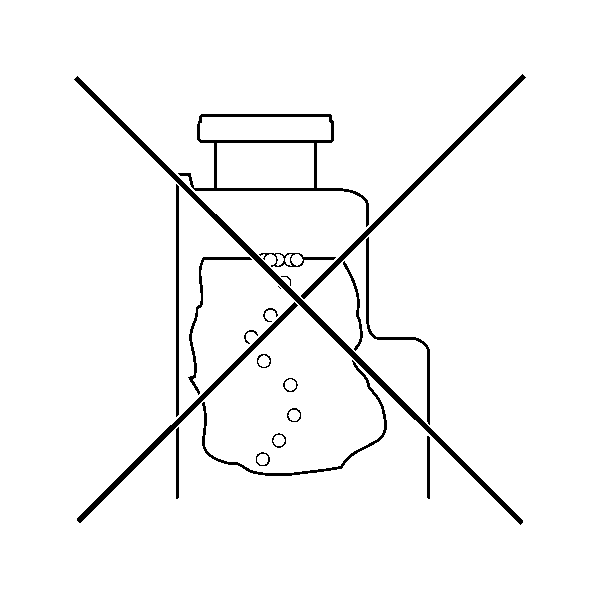
Important: Fluid must be free from bubbles. Be aware of periodic bubbles that indicate
a loose connection or leaking O-ring seal in the return hose or the pressure
hose.
Important: Fluid must be free from discoloration.
- Observe the fluid.
- If condition persists, replace the following parts:
| • | The return hose O-rings |
| • | The pressure hose O-rings |
| • | The gear cylinder line O-rings |
| • | The reservoir to pump O-ring |
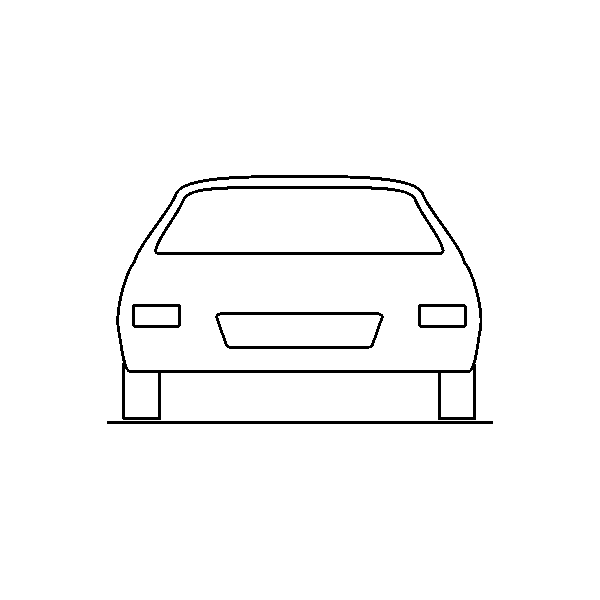
- Repeat the bleed procedure
from the beginning.
- Drive the vehicle approximately 16 kilometers (10 miles)
to warm the system to operating temperature. Evaluate vehicle on a smooth
flat surface.
- To check for noise problems, verify the following items:
| • | There is smooth power assist. |
| • | The vehicle operates quietly. |
| • | The pump maintains the proper fluid level. |
| • | There is no leaking in the steering system. |
| • | The fluid is free of foam or discoloration. |














